
On April 14, Deputy Prime Minister Nguyen Hoa Binh signed Decision No. 759/QD-TTg approving the Project on rearranging and reorganizing administrative units at all levels and building a two-level local government organization model.
The project clearly states the viewpoints, objectives, and principles of arrangement. In particular, the arrangement of administrative units at all levels, in addition to the criteria on natural area and population size as prescribed by law, must carefully consider the criteria on history, tradition, culture, ethnicity; location, geographical conditions; scale, level of socio-economic development; transport infrastructure, information technology; requirements to ensure national defense, security and international integration.
Set the highest goal of developing the country, expanding development space for new administrative units, promoting the leading role of dynamic regions, economic corridors, and growth poles; prioritize the arrangement of mountainous and delta administrative units with coastal administrative units; harmoniously and reasonably combine adjacent administrative units with development orientation requirements to support each other, together promote economic development of administrative units after arrangement and requirements, orientation for rapid and sustainable development of the country in the new period.
Prioritize the arrangement of free trade zones, industrial parks, clusters, urban areas, seaports, logistics, reservoirs, hydroelectric dams... within the scope of a commune-level administrative unit to facilitate state management.
End the operation of district-level administrative units and rearrange and reorganize commune-level administrative units into new commune-level administrative units, ensuring streamlining and reducing intermediate levels; build and consolidate strong commune-level local governments, close to the people, practically improving the material and spiritual life of the people.
According to Resolution No. 60-NQ/TW of the 11th Central Conference, Session XIII, the Central Executive Committee resolved that the number of provincial-level administrative units after the merger is 34 provinces and cities (28 provinces and 6 centrally-run cities); the names and political-administrative centers of provincial-level administrative units after the arrangement are determined according to the principles stated in the submission and project of the Government Party Committee.
Merging commune-level administrative units ensures that the country reduces the number of commune-level administrative units by about 60 - 70% compared to present.
There are 11 provincial-level administrative units that will not be merged, including: Hanoi, Hue, and the provinces of Lai Chau, Dien Bien, Son La, Lang Son, Quang Ninh, Thanh Hoa, Nghe An, Ha Tinh, and Cao Bang.
The remaining 52 provincial administrative units will be merged and consolidated into 23 new provincial administrative units. Of these, 19 provinces include:
1. Tuyen Quang (merging Tuyen Quang and Ha Giang),
2. Lao Cai (merging Lao Cai and Yen Bai provinces),
3. Thai Nguyen (merging Bac Kan and Thai Nguyen provinces),
4. Phu Tho (merging Vinh Phuc, Phu Tho and Hoa Binh provinces),
5. Bac Ninh (merging Bac Ninh and Bac Giang provinces),
6. Hung Yen (merging Hung Yen and Thai Binh provinces),
7. Ninh Binh (merging Ha Nam, Ninh Binh and Nam Dinh provinces),
8. Quang Tri (merging Quang Binh and Quang Tri provinces),
9. Quang Ngai (merging Kon Tum and Quang Ngai provinces),
10. Gia Lai (merging Gia Lai and Binh Dinh provinces),
11. Khanh Hoa (merging Ninh Thuan and Khanh Hoa provinces),
12. Lam Dong (merging Lam Dong, Dak Nong and Binh Thuan provinces),
13. Dak Lak (merging Dak Lak and Phu Yen provinces),
14. Dong Nai (merging Dong Nai and Binh Phuoc provinces),
15. Tay Ninh (merging Tay Ninh and Long An provinces),
16. Vinh Long (merging Ben Tre, Vinh Long and Tra Vinh provinces),
17. Dong Thap (merging Tien Giang and Dong Thap provinces),
18. Ca Mau (merging Bac Lieu and Ca Mau provinces),
19. An Giang (merging An Giang and Kien Giang provinces).
4 cities include:
1. Hai Phong (merging Hai Duong province and Hai Phong city),
2. Da Nang City (merging Quang Nam province and Da Nang City),
3. Ho Chi Minh City (merging Ba Ria-Vung Tau province, Binh Duong and Ho Chi Minh City),
4. Can Tho City (merging Can Tho City, Soc Trang and Hau Giang provinces).
TB (summary)Source: https://baohaiduong.vn/phe-duyet-de-an-sap-xep-to-chuc-lai-don-vi-hanh-chinh-cac-cap-409410.html


![[Photo] National Assembly Chairman Tran Thanh Man meets with outstanding workers in the oil and gas industry](https://vstatic.vietnam.vn/vietnam/resource/IMAGE/2025/4/17/1d0de4026b75434ab34279624db7ee4a)

![[Photo] Closing of the 4th Summit of the Partnership for Green Growth and the Global Goals](https://vstatic.vietnam.vn/vietnam/resource/IMAGE/2025/4/17/c0a0df9852c84e58be0a8b939189c85a)
![[Photo] Promoting friendship, solidarity and cooperation between the armies and people of the two countries](https://vstatic.vietnam.vn/vietnam/resource/IMAGE/2025/4/17/0c4d087864f14092aed77252590b6bae)
![[Photo] Nhan Dan Newspaper announces the project "Love Vietnam so much"](https://vstatic.vietnam.vn/vietnam/resource/IMAGE/2025/4/17/362f882012d3432783fc92fab1b3e980)
![[Photo] General Secretary To Lam receives French Ambassador to Vietnam Olivier Brochet](https://vstatic.vietnam.vn/vietnam/resource/IMAGE/2025/4/17/49224f0f12e84b66a73b17eb251f7278)



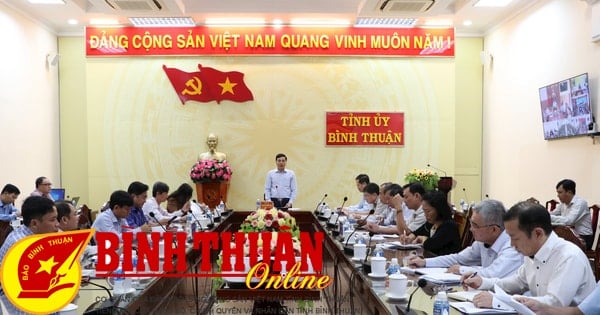




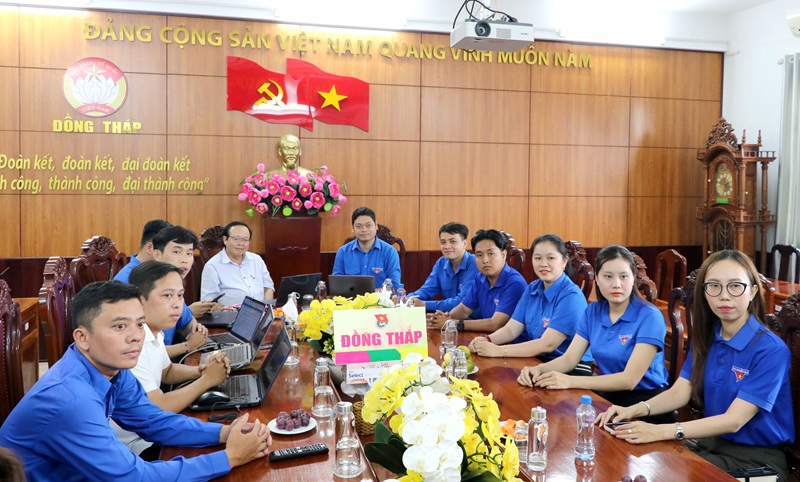

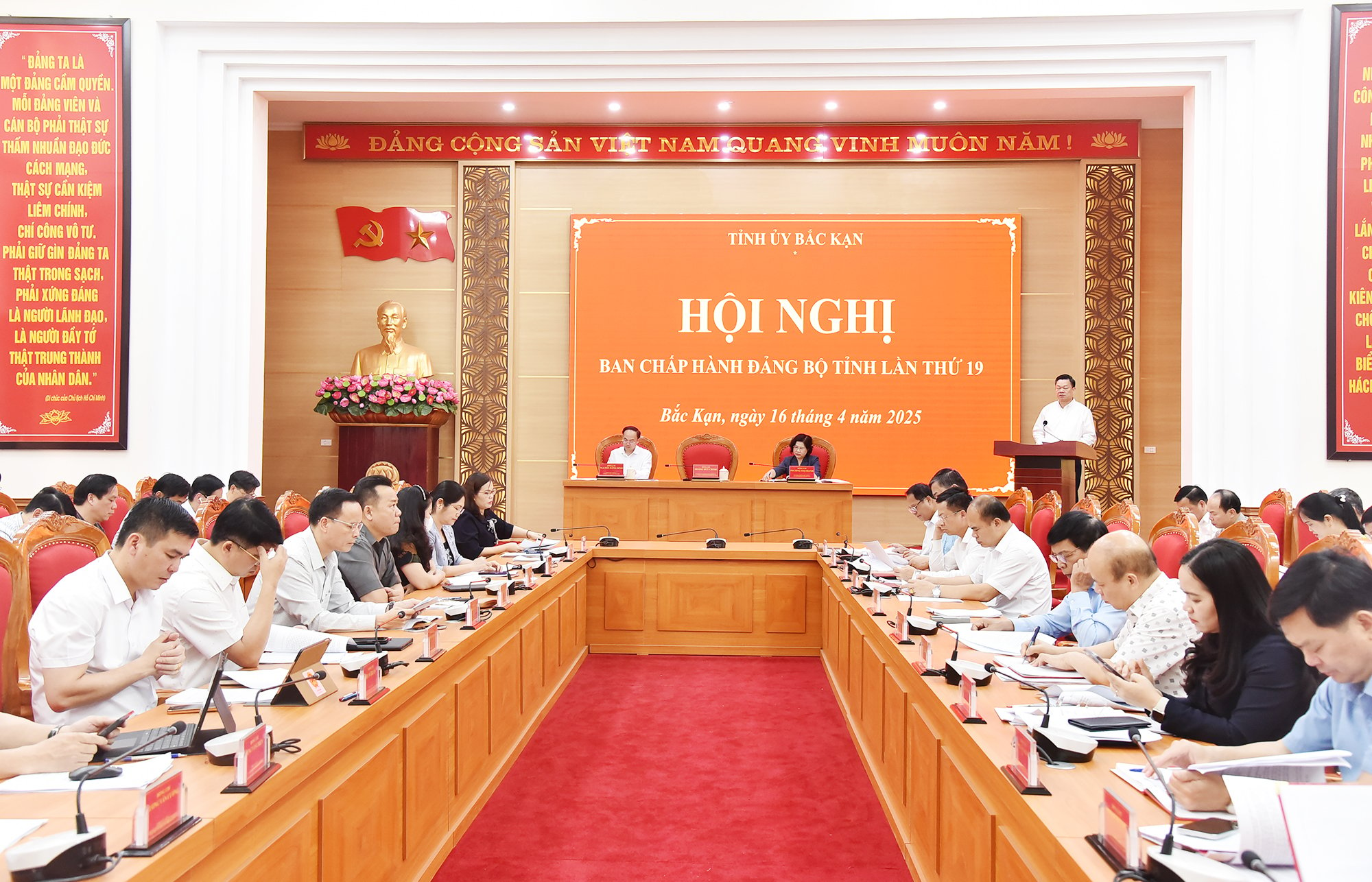
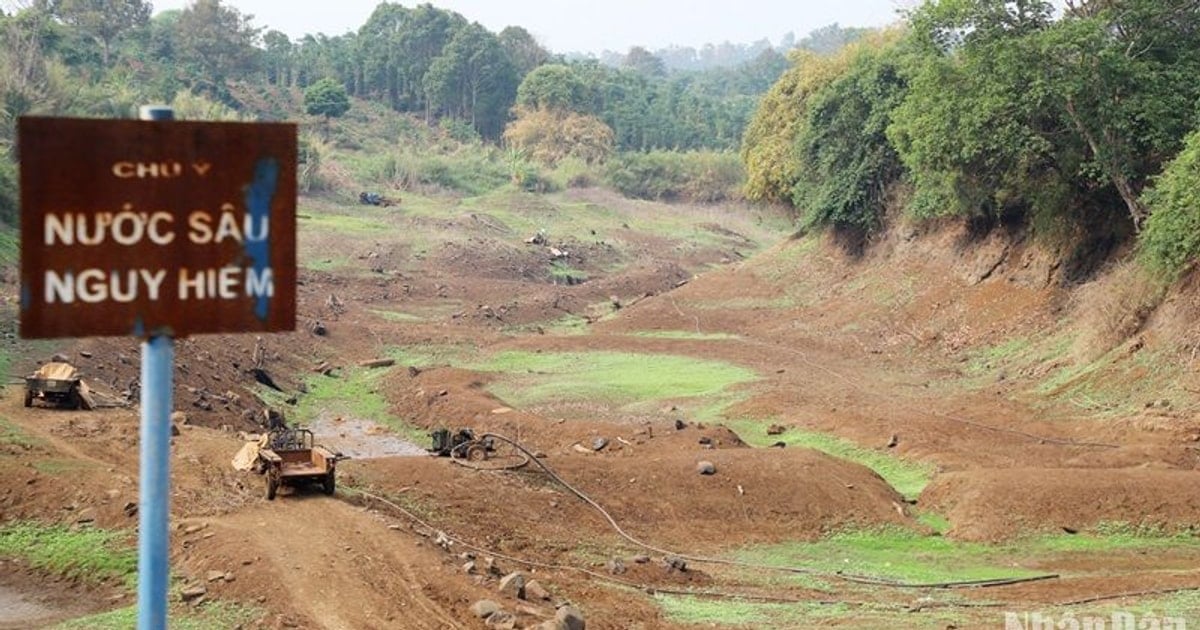





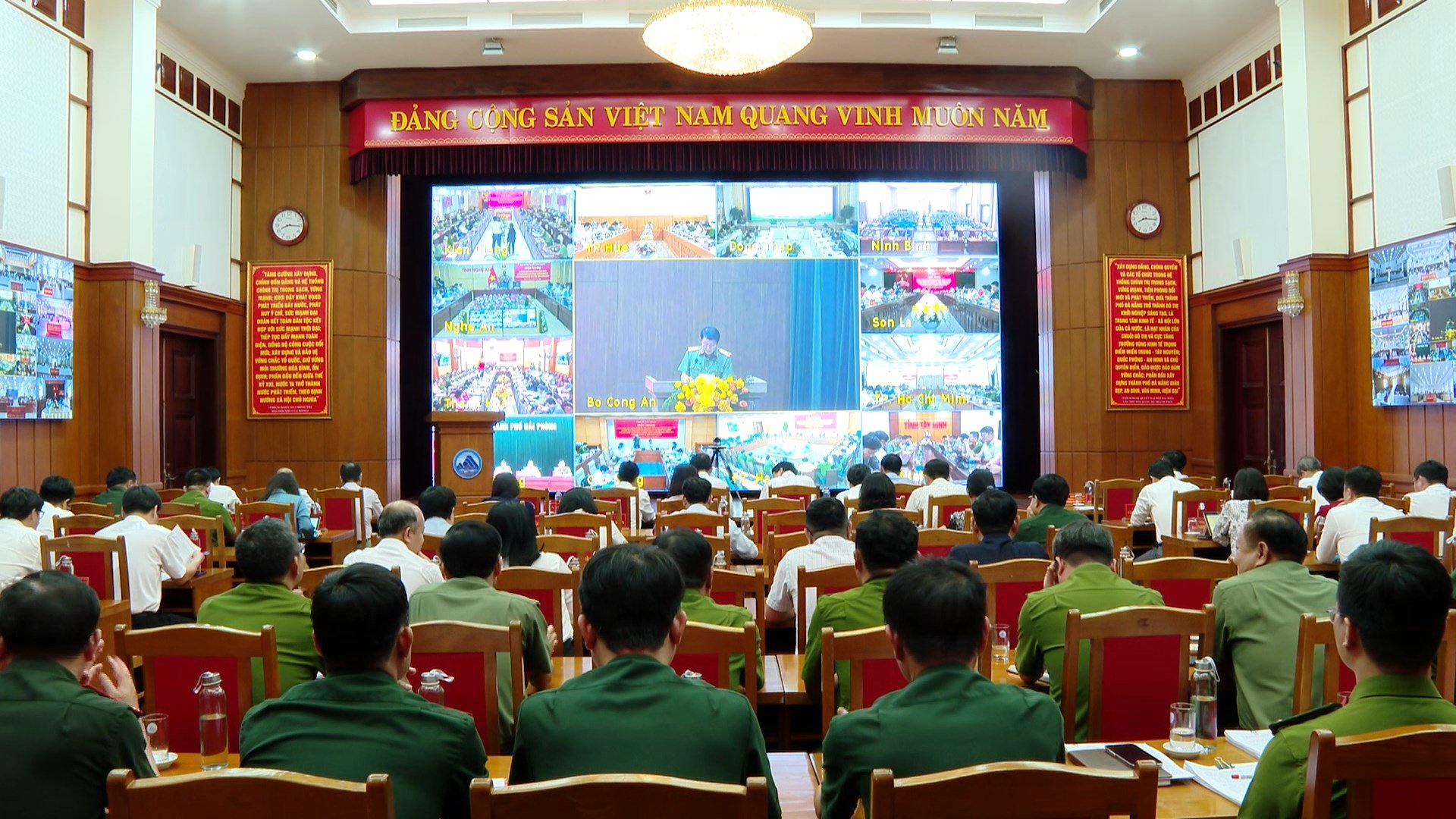




![[Photo] Welcoming ceremony for Chinese Defense Minister and delegation for friendship exchange](https://vstatic.vietnam.vn/vietnam/resource/IMAGE/2025/4/17/fadd533046594e5cacbb28de4c4d5655)




























![[Video] Viettel officially puts into operation the largest submarine optical cable line in Vietnam](https://vstatic.vietnam.vn/vietnam/resource/IMAGE/2025/4/17/f19008c6010c4a538cc422cb791ca0a1)

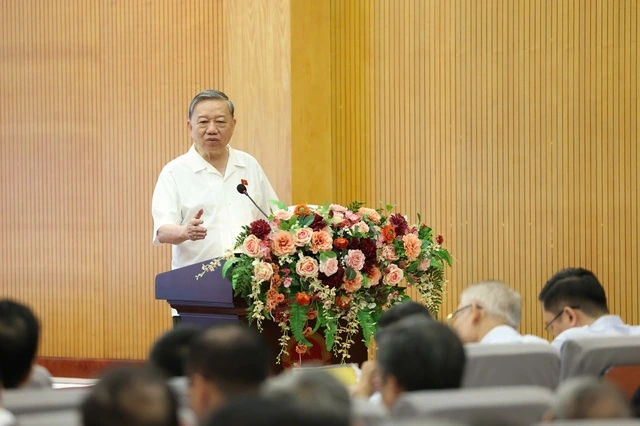





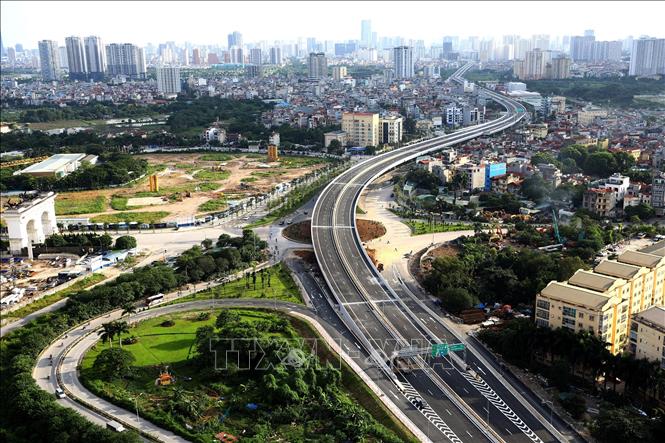





























Comment (0)